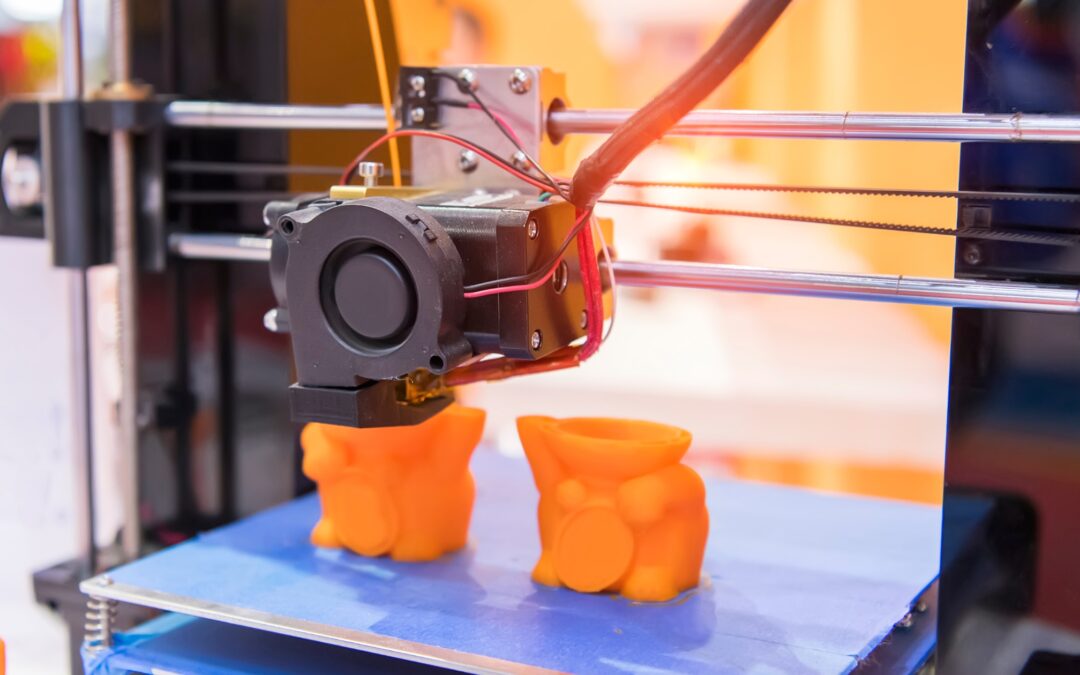In recent years, additive manufacturing, commonly known as 3D printing, has emerged as a disruptive force in the manufacturing industry. Its ability to create intricate designs, reduce waste, and streamline production processes has garnered widespread attention. However, like any technology, additive manufacturing is not without its limitations. In this blog post, we will explore three significant drawbacks of additive manufacturing and shed light on the challenges faced by Alfred Manufacturing and other companies in the industry.
- Limited Material Selection: One of the primary challenges associated with additive manufacturing is the limited range of materials available for printing. While the technology has come a long way, the variety of materials suitable for 3D printing is still relatively limited compared to traditional manufacturing methods. The constraints in material options can restrict the functionality and durability of the final product. Alfred Manufacturing, like many other companies, may face difficulties in finding suitable materials that meet specific requirements, such as strength, temperature resistance, or electrical conductivity.
- Production Speed and Scale: Despite its potential for customization and prototyping, additive manufacturing struggles to match the production speed and scale of traditional manufacturing processes. 3D printing operates by building objects layer by layer, resulting in slower production times when compared to conventional mass production techniques. Additionally, scaling up production can be challenging due to the limitations in printer capacity and the time required to produce each item. Alfred Manufacturing may find it challenging to meet large-scale orders or fulfill time-sensitive customer demands efficiently.
- Post-Processing Requirements: Another drawback of additive manufacturing lies in the post-processing requirements for printed objects. While 3D printers can create complex shapes and designs, the final products often require additional work to achieve the desired quality and finish. Post-processing steps such as sanding, polishing, or painting are often necessary to improve surface roughness, eliminate visible layers, or enhance aesthetics. These additional steps add time, labor, and cost to the production process, potentially offsetting some of the initial advantages of additive manufacturing.
Conclusion: While additive manufacturing has revolutionized the production landscape with its numerous benefits, it is crucial to acknowledge its limitations. Alfred Manufacturing and other companies embracing this technology should be aware of the challenges associated with limited material selection, slower production speeds, and the need for post-processing. By understanding these drawbacks and working towards overcoming them, manufacturers can harness the full potential of additive manufacturing while ensuring the delivery of high-quality, efficient, and cost-effective products to their customers.

